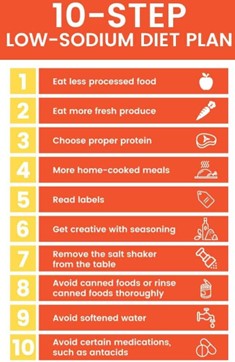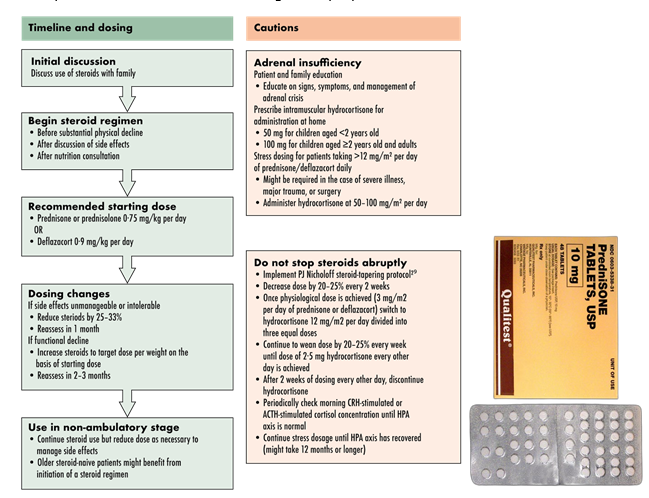A client has been taught to restrict dietary sodium. Which food selection by the client indicates to the nurse that teaching has been effective?
chicken leg, one slice of bread with buter, and steamed carrots
A grilled cheese sandwich with tomato soup
Slices of ham and cheese on whole grain crackers
Chinese take-out, including steamed rice.
The Correct Answer is A
This meal choice is low in sodium as it contains fresh ingredients and does not include processed or pre-packaged foods that are typically high in sodium. Chicken, bread, and carrots are naturally low in sodium, and the client can control the amount of added salt or seasoning. In contrast, the other food choices are likely to be high in sodium due to added salt, cheese, or processed ingredients.
Therefore, the nurse should encourage the client to choose fresh, low-sodium foods and avoid processed or pre-packaged meals.

Nursing Test Bank
Naxlex Comprehensive Predictor Exams
Related Questions
Correct Answer is B
Explanation
Sudden discontinuation of prednisone can result in adrenal insufficiency and can lead to life-threatening complications. The nurse should also instruct the patient to report any symptoms of an infection, such as fever, to the doctor promptly, as prednisone can mask signs of an infection.
Monitoring for mood alterations and daily weight measurement are also important aspects of care, but they are not as crucial as the need to gradually taper off the medication.
Correct Answer is D
Explanation
Although increasing fluid intake and fiber intake are important interventions for preventing constipation, it is important to first assess the patient's current situation and risk factors for constipation. Additionally, while a daily bowel movement is not necessary for everyone, it is important to understand the patient's usual bowel habits and whether or not their current regimen is effective for them. Therefore, the nurse should perform a focused nursing assessment to identify the patient's risk factors for constipation and evaluate their current bowel regimen before providing specific interventions or recommendations.
Whether you are a student looking to ace your exams or a practicing nurse seeking to enhance your expertise , our nursing education contents will empower you with the confidence and competence to make a difference in the lives of patients and become a respected leader in the healthcare field.
Visit Naxlex, invest in your future and unlock endless possibilities with our unparalleled nursing education contents today
Report Wrong Answer on the Current Question
Do you disagree with the answer? If yes, what is your expected answer? Explain.
Kindly be descriptive with the issue you are facing.

